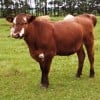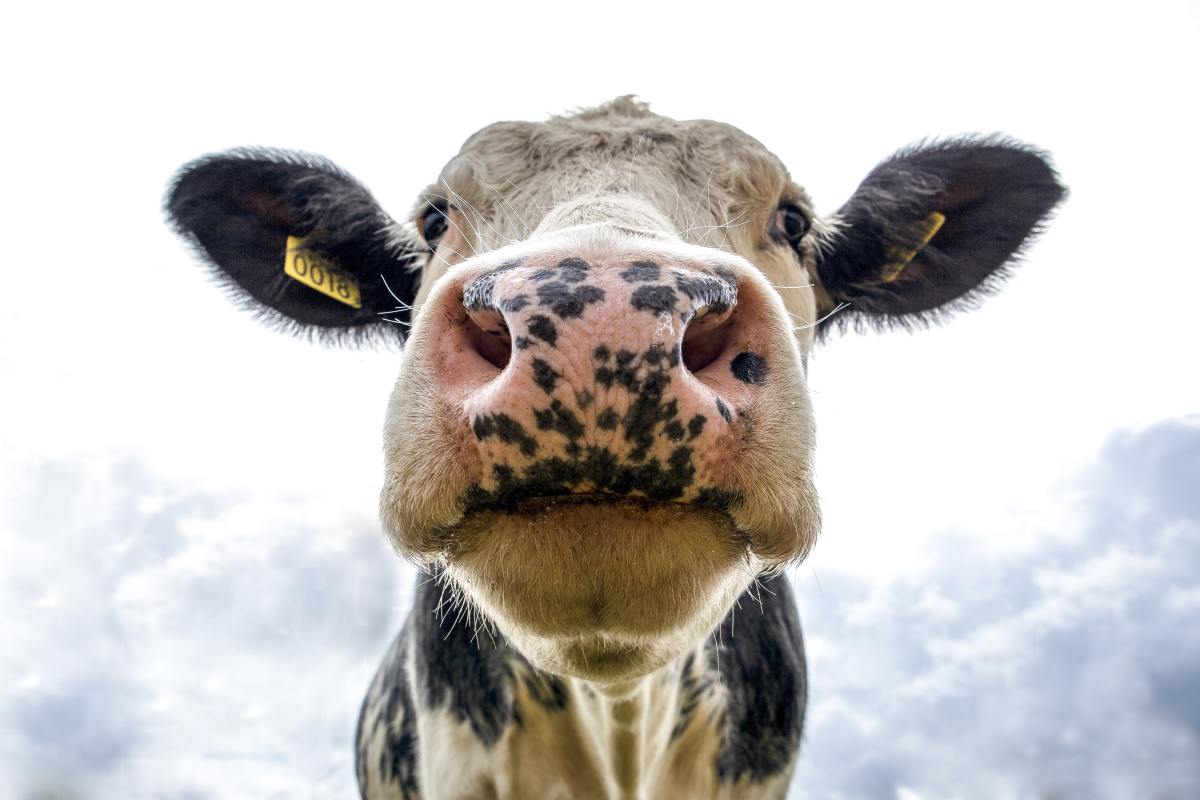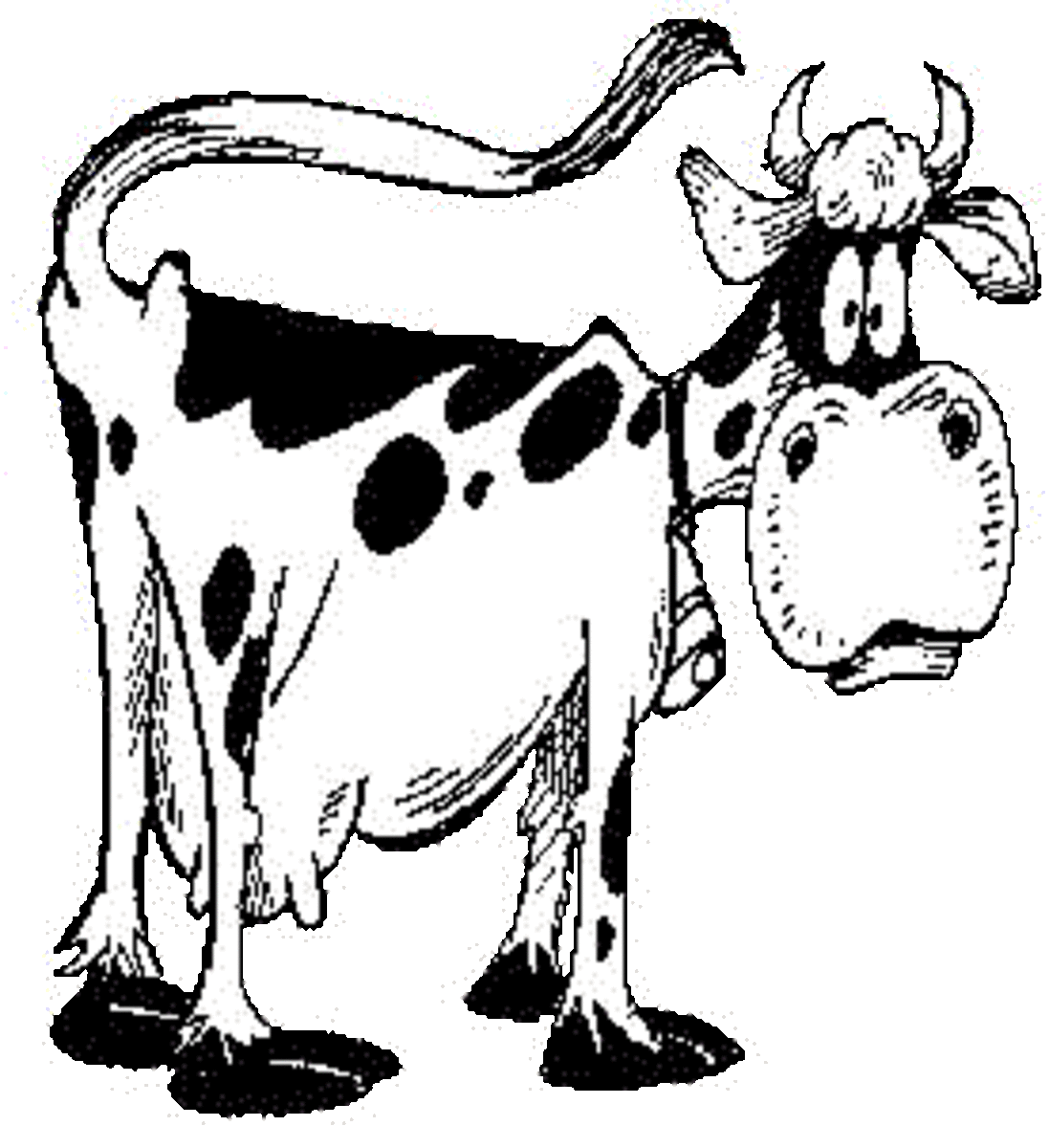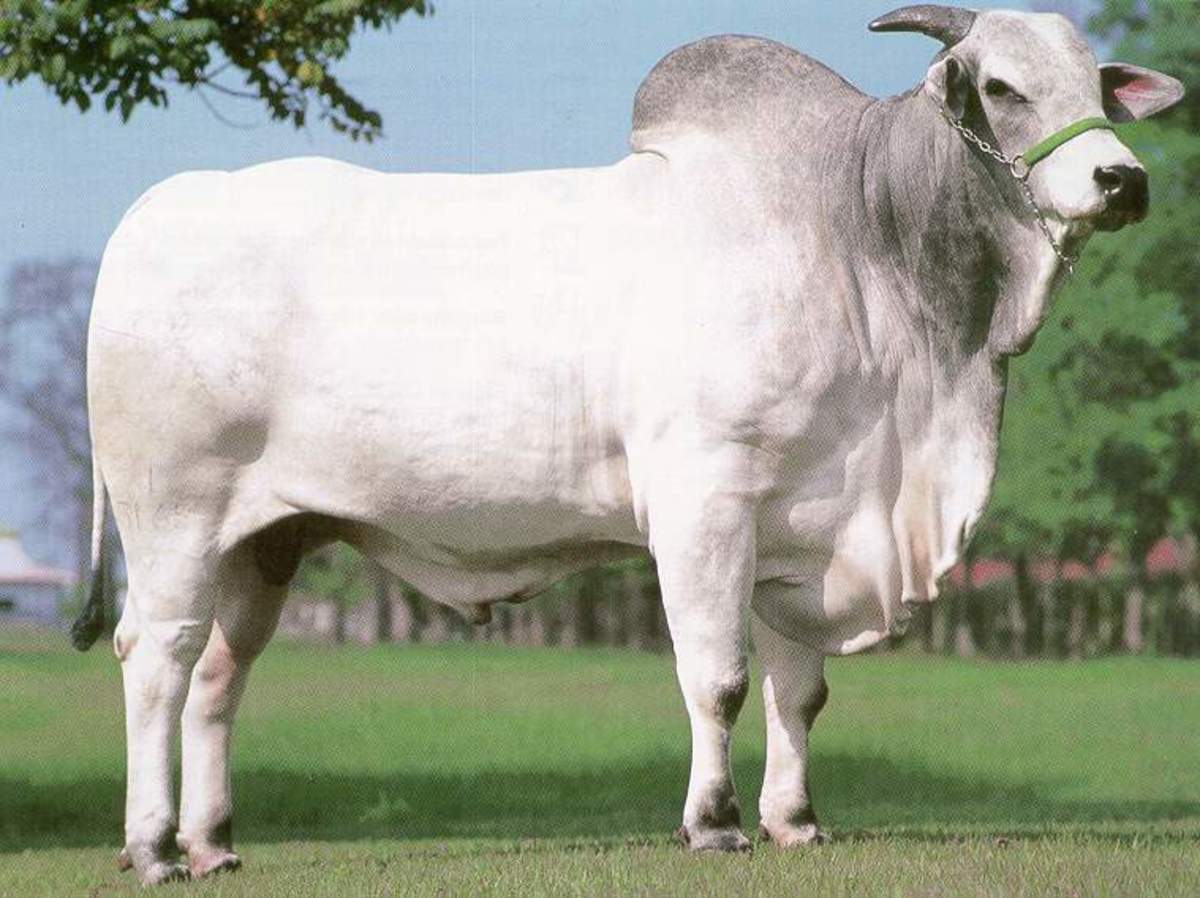The Problems with Mad Cow Disease
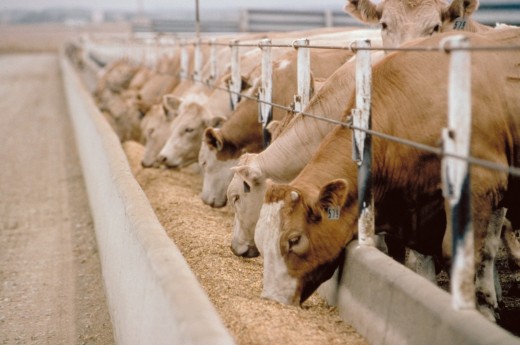
BSE: What is it and How it Affects Cattle
There seems to be a common misconception about BSE (Bovine Spongiform Encephalopathy) among many people these days. In one website that I frequent (Answers.com), I find many questions asking about Mad Cow Disease (BSE), particularly ones that come from misguided people. And the answers to the questions are even more ridiculous! And it's all thanks to one thing: the media. People rely on the media for their morning-coffee-information source, and get their latest did-you-know stats about whatever one after other.
Now the problem with how BSE was presented to the general population was not WHAT they presented, but HOW they presented it. But I will get to that later.
BSE or Mad Cow Disease is a serious, virtually untraceable malady that affects not just cattle, but also sheep, deer, elk, goats, and humans. It is caused by a prion, not a virus, nor bacteria nor fungi. Prions are misfolded proteins, that cause these holes in the brain and spinal column resulting in the affected animal to become almost mad-like, hence the name "Mad Cow Disease." Infected cows become overly aggressive, very nervous, and quite unsteady on their feet. Death commences soon, if a bullet doesn't do the job first.
The unique thing about this malady is its stealthiness and patience. Prions can withstand all sorts of things that are thrown at it, except steam at over 280°C. And very few things that prions attach themselves to, including feed for livestock, can be steamed at this temperature without killing the other good things that go with it. Once it enters the body, it can pass through the body's most advanced immune defense systems without triggering any alarm, unlike foreign bodies, viruses, bacteria, fungi, and parasites. Once it enters the lymph nodes or the blood stream or any form of transportation in the body that can take it to the animal's Central Nervous System, it sits.
And waits.
And it waits for over 2 to 8 years. This time period is actually the incubation period that is required for the prion to undergo before it wreaks havoc in the animal's system. This "waiting" period is the BIG problem with detecting BSE in livestock. Because, an otherwise healthy animal may have this prion within its system already, if not in the brain, and when slaughtered, and used as animal by-products for livestock, it has the potential to affect another animal, including the young calves suckling from a normal, seemingly-(for now)-BSE-free cow.
Scared yet? Wait til you read more below.
BSE: The Ninja of Mass Deception and Destruction
The title may seem funny to you, but in reality it is quite sobering. BSE has been around for several hundred years, and has not come out in the open until recently. Scientists are still trying to figure out why and how this prion came to be, and, most importantly, why it affects humans like it does with cattle. Oh, there are speculations and theories all right, not to mention conspiracy theories that come along with it all. Scientists think that this prion originated from a cow that had a genetic mutation in one of her protein cells in her brain which caused her to go "mad," and was shipped to the slaughter house to be ground up to be fed to other cattle and sheep; others say it was a sheep that first had this mutation. How humans contracted Mad Cow Disease (Creuztfeldt-Jakob Disease, actually) is also under speculation: in the past, people did eat the brains and spinal cord of cattle, so it is likely that the prion in the brains were able to travel through the human's system, replicate itself, and affect that human. But it's really hard to say.
Ever since the border closed on Canada due to a lone case of BSE in Alberta, Canada, we've still been seeing cases of BSE cropping up. But we've also been seeing some bullcrap reports about BSE as well, one which I had just answered on here not too long ago.
Someone posted a question on HubPages about a statement that had been deleted about "Is milk a barrier to contracting BSE?" And about how calves don't get BSE when they drink milk from a BSE-infected cow. The person went on to say that it had been removed, but not explained why it had been removed. So I explained here. And it got me thinking: the USA claims that it is BSE free. But is it really? It seems to me, what with so many cattle, that things are being kept hush-hush to keep people from worrying about contracting BSE. Same with Canada.
Ever since the feed ban has been in place, I have still been seeing, upon working at the local vet clinic this winter, that there are still unconfirmed cases of BSE popping up. And I've been asking myself Why? I think I know the answer now.
There are still a lot of cattle around that are older than when the feed ban had been first put into effect, which was actually in 1993-94, during the time Britain had a BIG Mad Cow Disease scare and Canada put a mandatory feed ban on, as well as banned all imports of UK live cattle and beef. The USA followed suit as well. The Government of Canada had issued a statement that it had predicted an outbreak of BSE in Canada and the USA in 2003-04 because of the incubation period of this disease, and the fact that when the feed ban was put into place, the cows wouldn't show signs until 8 to 10 years later. Well, they were right. Today, the feed ban in Canada has been made far more mandatory than previously, with the government encouraging the pursuit of criminal charges of an individual that did feed his/her animals animal protein-based feed. But I have my suspicions that it's not the same down in the USA. The lone cow that was found to have BSE originated in the USA. Other subsequent sources that the media presented to us were of more cows, in Canada, that mostly originated from the United States. (However, there were one or two cases in December of 2003 in the USA that were discovered to have originated in Canada).But I find it funny that the USA closed the border to Canadian beef imports when they could've (or maybe did) know that this BSE scare was going to happen ten years later from the BSE scare in Britain. It was written in the government documents, for heaven's sakes, that this would happen! But maybe it was all down to human error and assumptions that made the USA close the border to Canadian cattle. But I can only assume here.
I personally don't believe that the USA is BSE-free. I don't live in the USA, so don't harp at me for being wrong and for providing the wrong information, but the reason I believe that the USA isn't BSE-free is because of what control the large agribusinesses have on the American government. It's been mentioned in that documentary Food Inc. Either these big major companies are doing a really good job at keeping their mouths shut, or they've been telling lies to even the USDA, something's not quite right about this BSE-free claim. One red flag I noticed was the NAIS or Traceability scandal in the USA. It was these big corporation's idea to incorporate the traceability standards, but then all of a sudden, they decided to opt out of it, leaving the smaller producers to have to deal with all the paperwork. It just wasn't fair! So that fell through. But you have to wonder why these corporations suddenly opted out of this traceability thing in the first place. Was it about money? Surely not, as something like this is nothing for them to pay off. Was it about their own reputation that they didn't want to mar that made them opt out of it so quickly? Possibly, since they probably had somethings they wanted to be kept behind closed doors. Or was it because they had something to hide that they didn't want the government and the general public to see? My guess is this is a big a possibility as the reputation concerns. And who knows what kinds of things that were or are hiding! So it is all down to politics that makes me skeptical to the BSE-free claim the USA is holding.
I will admit that the feed ban here in Canada is working. There's no doubt about it. But thank God that we Canadians have a better traceability standard here than what the Americans have down there. It may be a royal pain in the ass to fill out all that paperwork and keep on top of keeping animals tagged, but in reality, it's a good method to keep track of animals that may have health problems or are linked to other traceable diseases like Johnes Disease. We've come to the point where record keeping is a necessary evil. But it's a shame that the USA is so far behind us in that respect. Without any sort of traceability standards, who knows what kind of scare will happen down there? Who knows what will happen ten years down the road?
